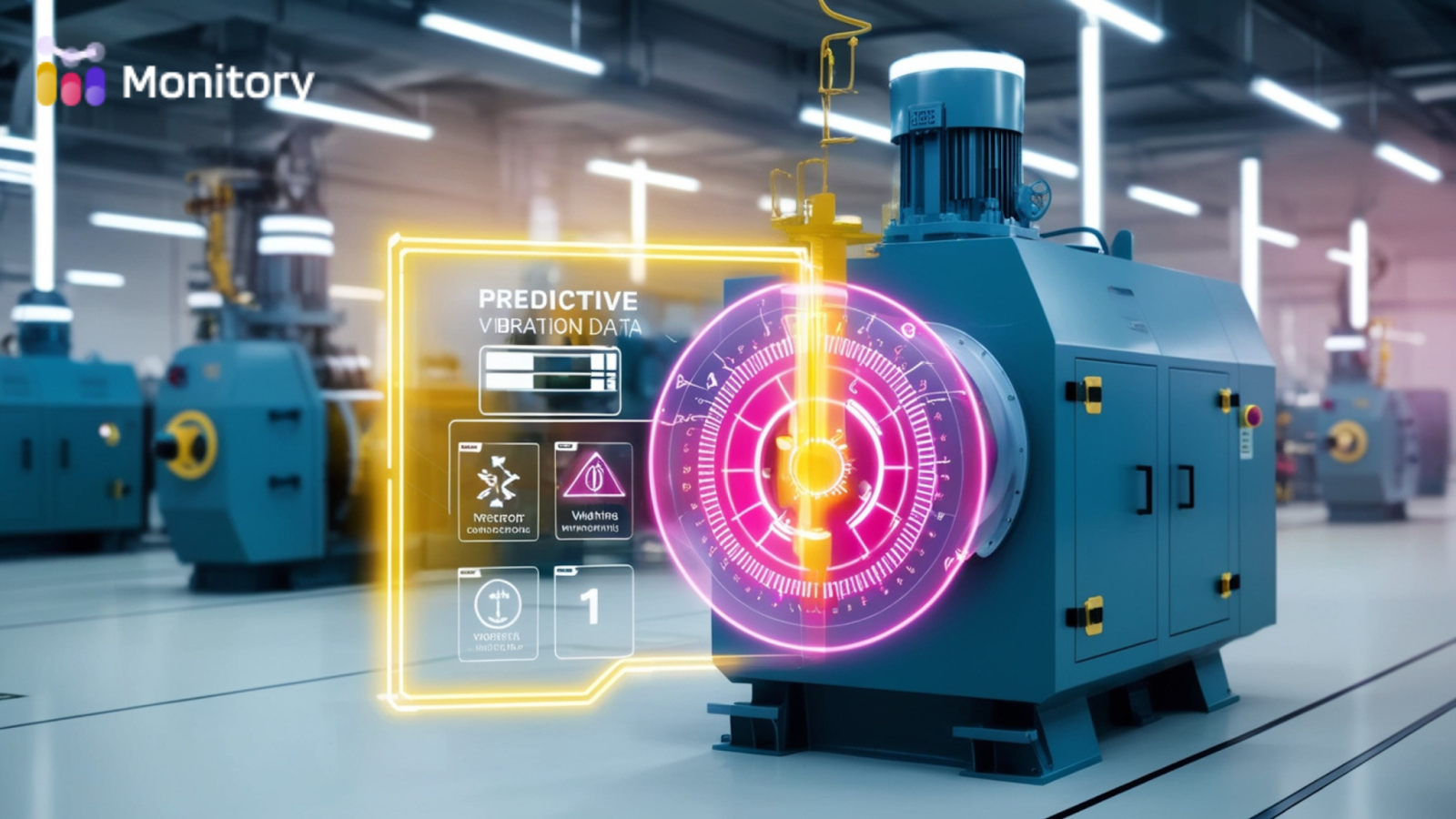When production stops unexpectedly, it doesn’t just delay one order; it creates a ripple effect across your entire operation. Equipment failures interrupt schedules, overload technicians, and drain budgets fast.
In high-pressure environments, reacting isn’t good enough. You need foresight, coordination, and structure. That’s where a computerized maintenance management system proves its value, especially when backed by real-time data and intelligent monitoring.
Most teams still think of CMMS platforms as digital logs. But the best systems today do far more than track work orders. They help teams operate proactively by surfacing issues that need attention before they become problems.
They offer:
When paired with predictive tools, they stop being record-keepers and start driving smart decisions.

The typical maintenance loop looks all too familiar: something breaks, alarms go off, technicians drop everything. And the cycle repeats, burning time, straining resources, and frustrating everyone involved.
Here’s the real cost:
A system that flags risk early lets teams take action with enough lead time, not during a crisis.
Older maintenance systems use static calendars. But machines don’t wear out on schedule. Predictive software adapts based on real-world behavior.
With the right setup, teams can:
Picture this: a vibration change in a motor triggers an alert. The system schedules a check for the next available technician, reserves the right part, and logs all information for reporting purposes. All without an extra meeting or email.
The benefits of a solid maintenance platform aren’t isolated to one department. It has an impact across the board:
Clear coordination reduces delays, smooths handoffs, and lets each team focus on execution instead of follow-ups.
More data isn’t the goal. Smarter use of it is.
AI-enabled tools help by:
It doesn’t just collect information. It interprets it, highlighting what needs attention now and what can wait.
A leading beverage producer rolled out Monitory AI across its sites. Before rollout, teams often scrambled to respond to urgent tasks. After launch, they consistently responded within half their previous average time because priorities were clearer, alerts were more accurate, and handoffs were smoother.
Downtime dropped by 40%, and the percentage of emergency work orders fell below 12%.
Same team. Same equipment. Better visibility.
Many platforms promise simplicity, but few handle the real-time complexity that manufacturers deal with daily. When evaluating your options, focus on:
Your system should help everyone make faster decisions, without relying on side spreadsheets.
Buying software won’t fix bad habits. Adoption starts when people see the benefit.
To get traction:
No platform can shift habits on its own. Real change happens when teams see how those tools solve the things slowing them down every day.
A computerized maintenance management system isn't just another line in your tech budget. It’s what separates reactive plants from ones that plan, adapt, and scale confidently.
When powered by predictive insights and supported by AI, it becomes the nerve center of your operation, one that helps you act early, prioritize wisely, and stay ahead of breakdowns.
Explore how Monitory AI helps manufacturers move from scattered repairs to synchronized, insight-driven maintenance.
